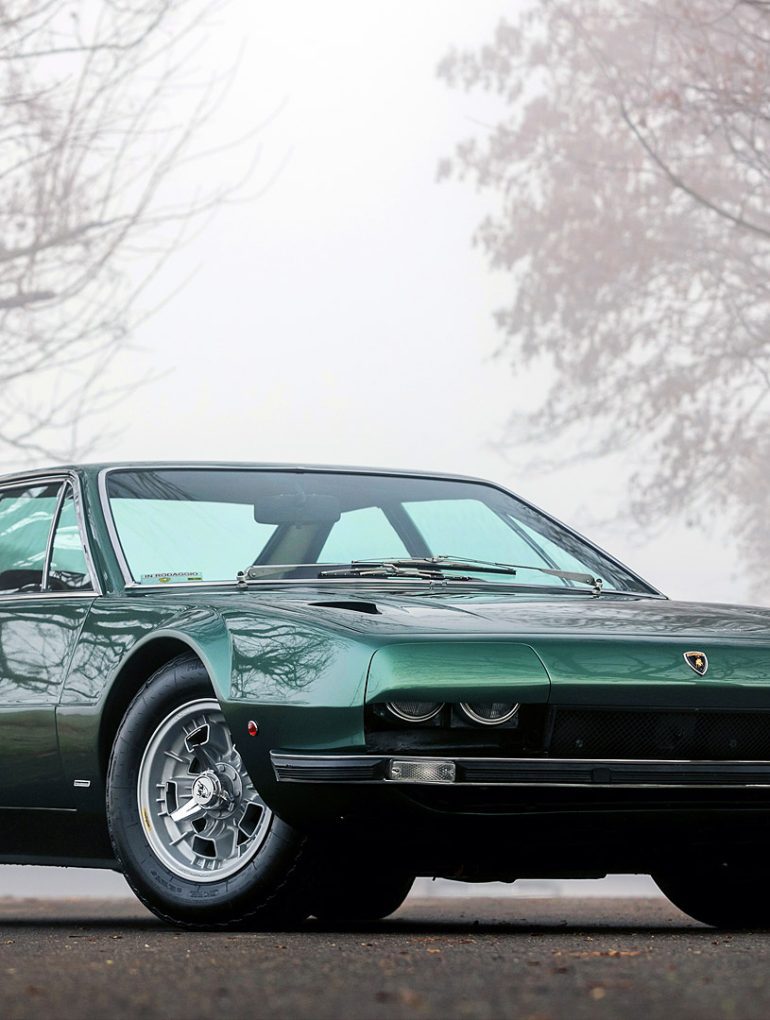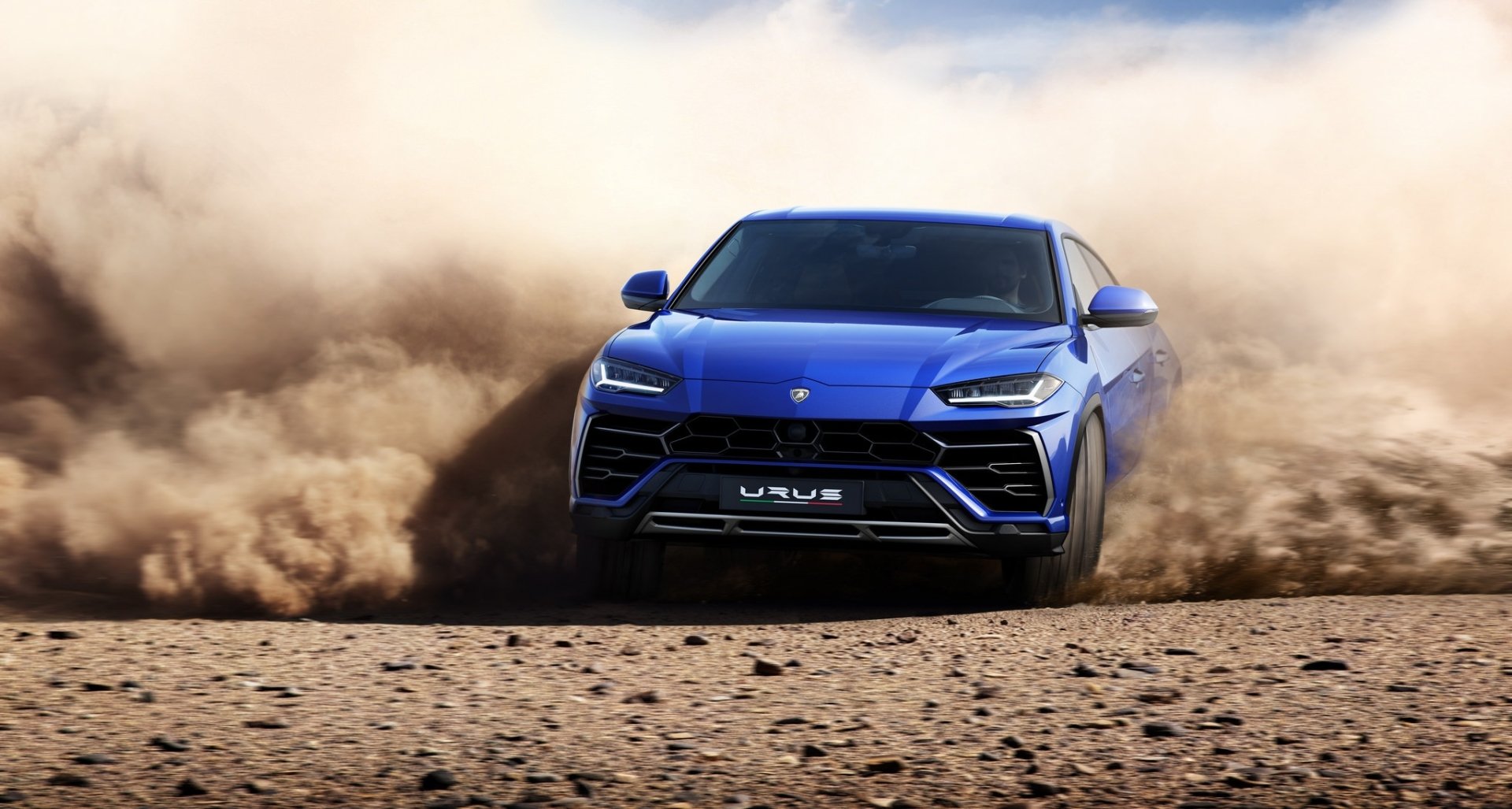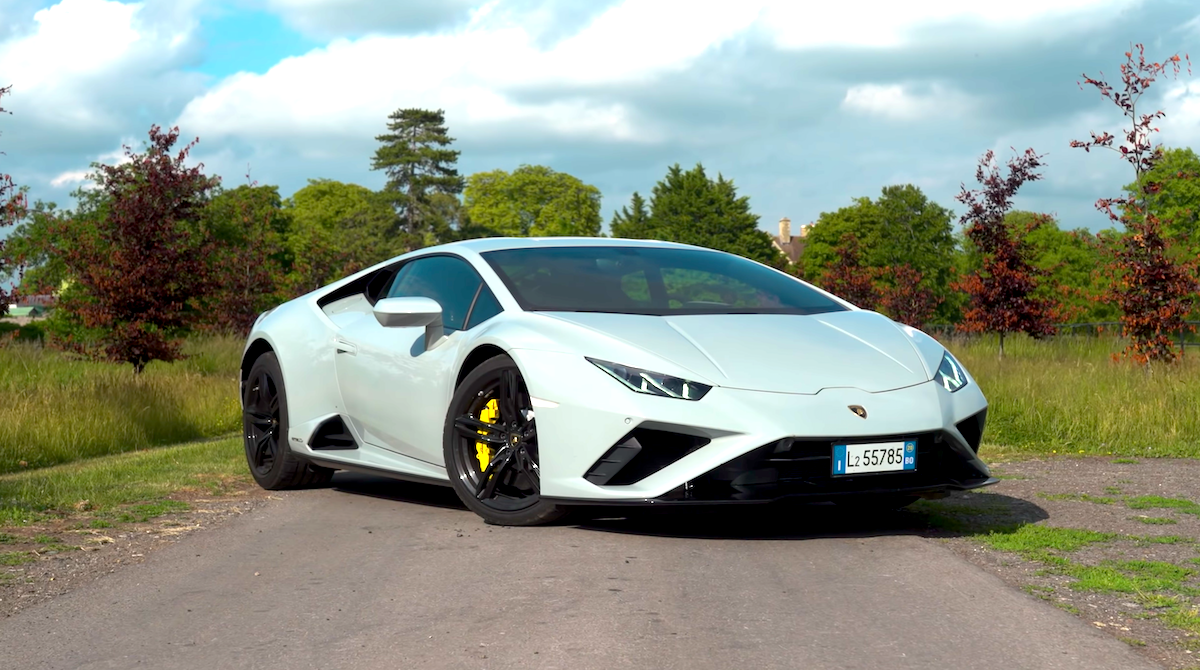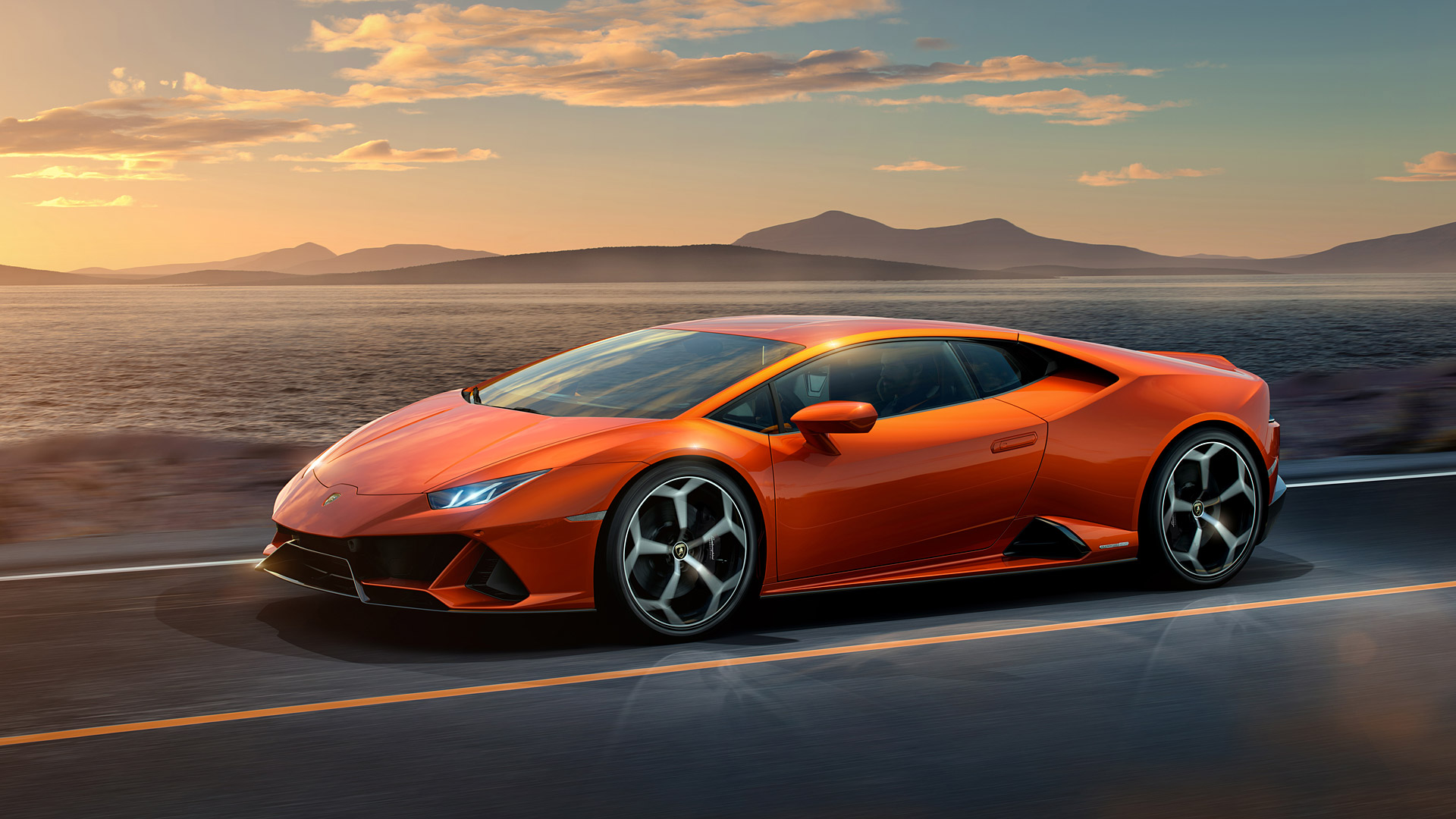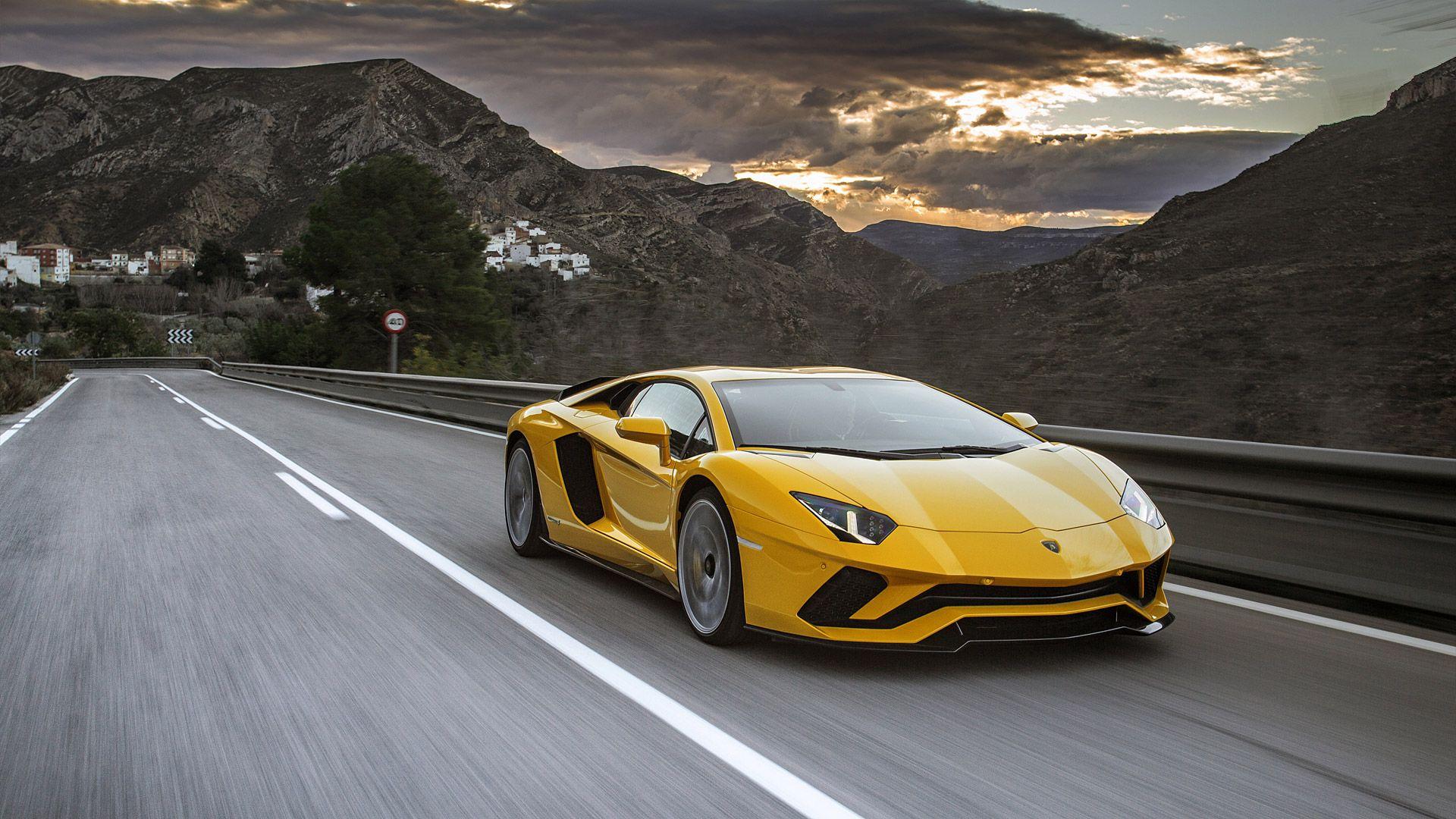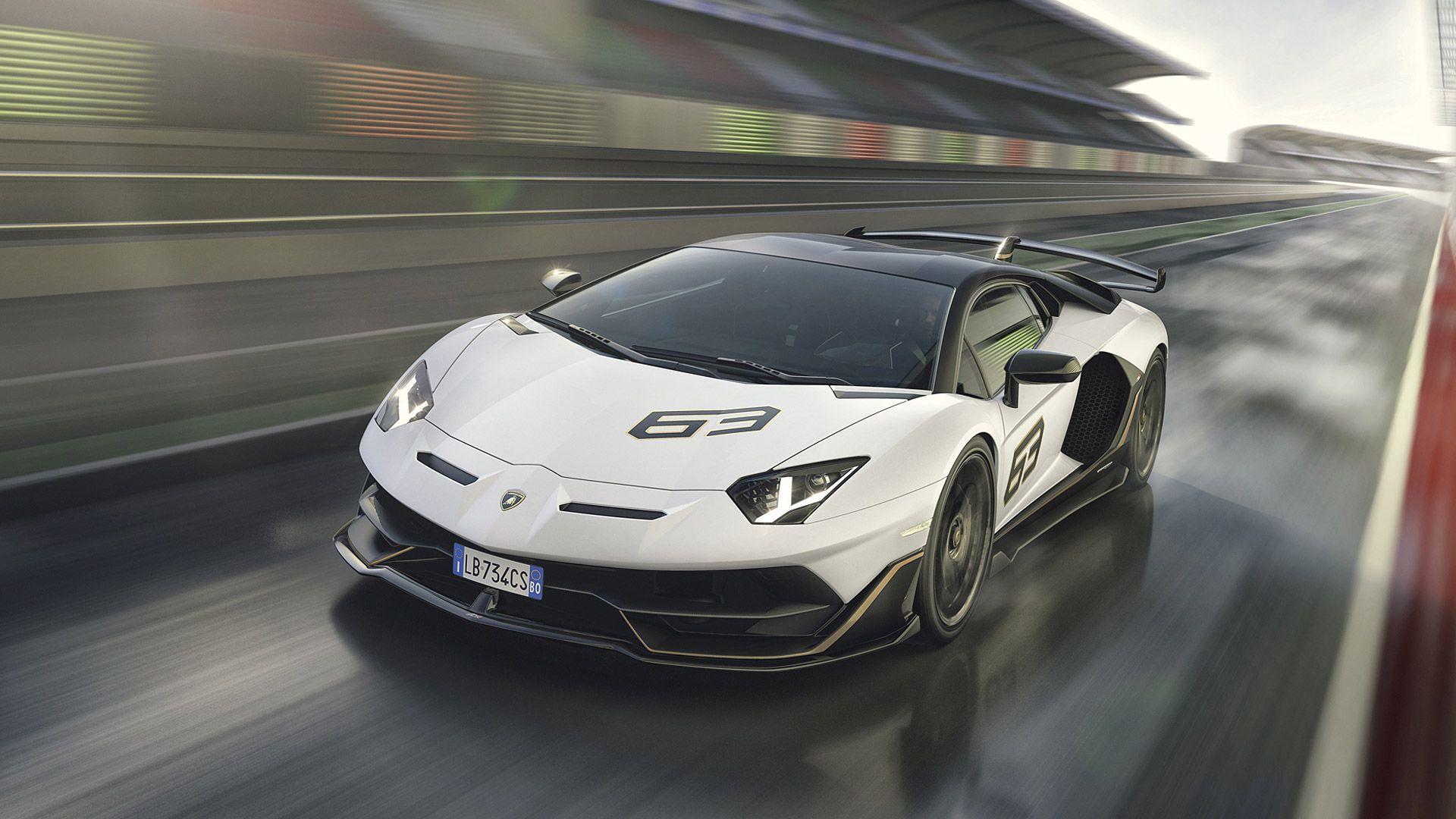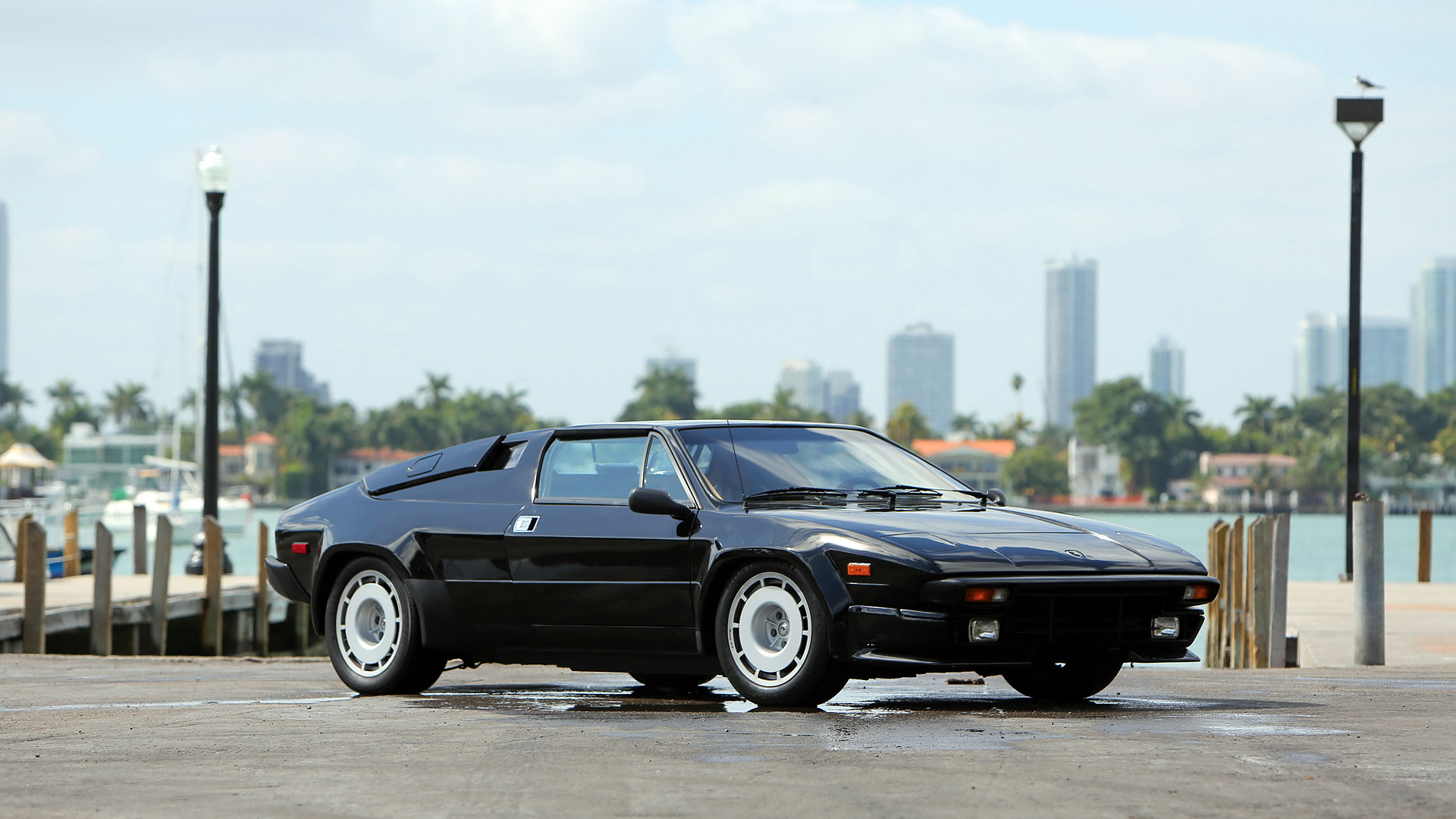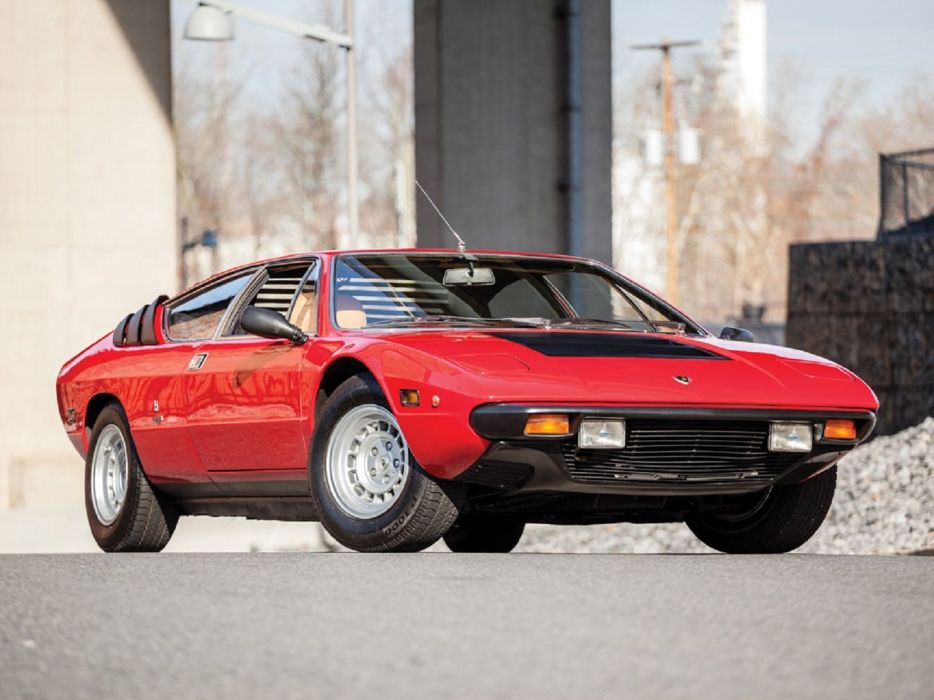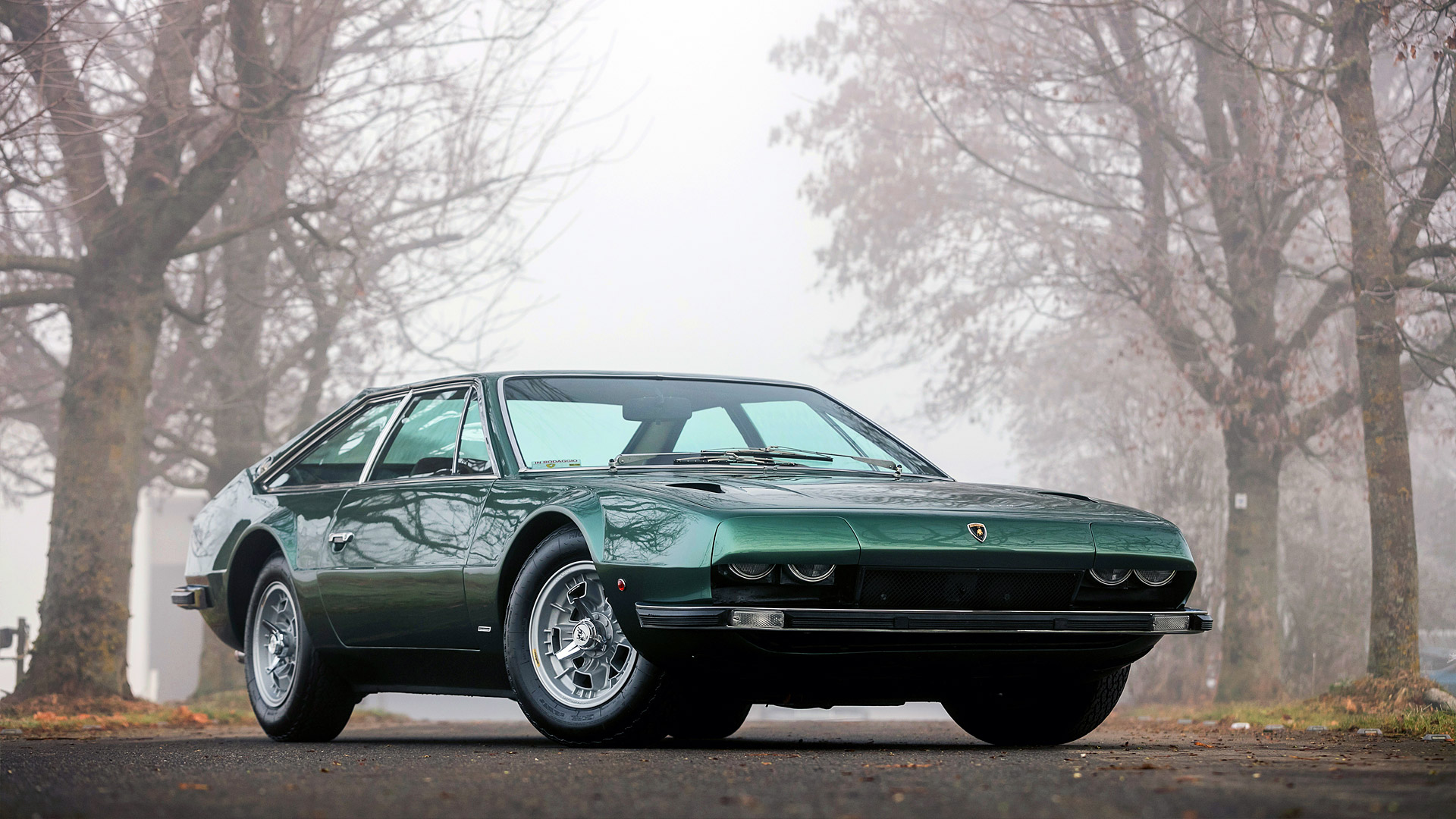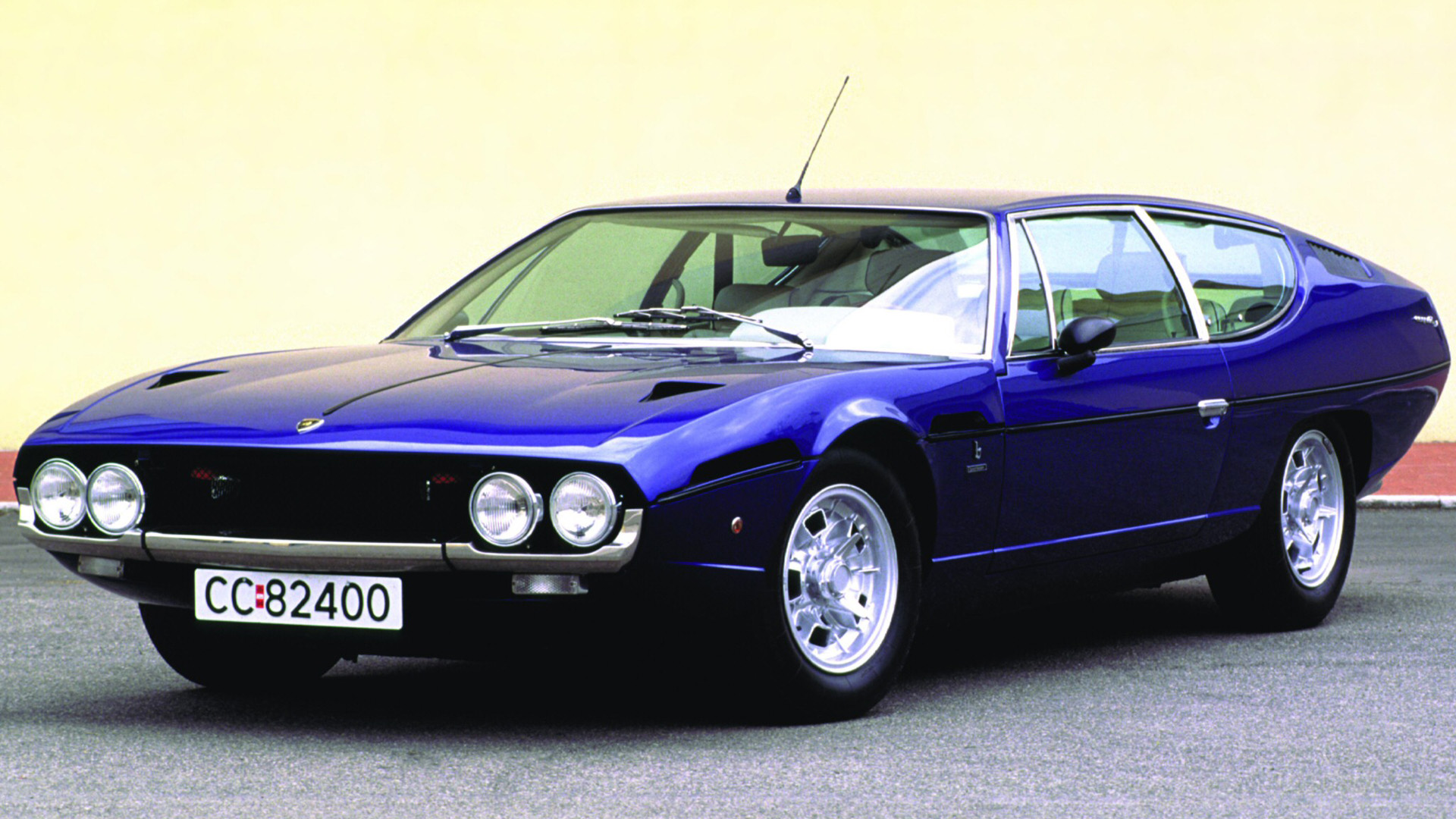Cheapest New & Used Lamborghini Models – The Raging Bull Bargains
For those who have an eye for the audacious, Lamborghini is likely to be their brand of choice. There is no mistaking the silhouette of a Lamborghini car as it traverses the city and country scapes, garnering admiration from droves of onlookers. Here is a list of 5 of the cheapest brand new Lamborghinis you can buy today, along with 5 of the most affordable models you are likely to come across while scouring the classifieds.
Cheapest & Most Affordable New Lamborghinis
2020 Lamborghini Urus
Base price: US$203,995 /Engine: 4L twin-turbocharged V8 / Power: 641 hp @ 6,000 rpm / Torque: 627 lb-ft @ 2,250 rpm / 0-60 mph: 3.2 sec / 0-100 mph: 7.6 sec / Top Speed: 190 mph
The first *modern* Lamborghini SUV and one hell of an SUV. The Urus looks aggressive and has the right level of Lambo styling without going overboard.
The Urus is powered by a 4.0 liter twin-turbocharged V8 that is good for 641 horsepower and 627 lb-ft of torque. Performance is astonishing for a big SUV, with 0-60 mph over in 3.2 seconds and a top speed of 190 mph.
The Urus drives better than just about any other SUV and is definitely the performance pick in that segment. On the inside the Urus has decent luggage space and more electronics and infotainment equipment.
2020 Lamborghini Huracan Evo RWD
Base price: US$179,000 / Engine: 5.2L Naturally Aspirated V10 / Power: 610 hp @ 8,000 rpm / Torque: 413 lb-ft @ 6,500 rpm / 0-60 mph: 2.9 sec / 0-124 mph: 9.3 sec / Top Speed: 202 mph
The Lamborghini Huracan Evo RWD is powered by a detuned version of the 5.2 liter V10 seen in its AWD stablemates, producing 610 hp and 413 lb-ft of torque. So, while the car isn’t the quickest Huracan out there, it’s supposed to be the best to drive thanks to its rear-driven layout.
Removing the all-wheel-drive system also sheds about 73 pounds from the other versions. The Huracan Evo RWD still manages impressive performance figures in lieu of the all-wheel tech, accelerating to 0-62 mph in just 2.9 seconds. It takes 9.3 seconds to get to 124 mph on its way to topping out at 201 mph.
Lamborghini also reprogrammed the car’s electronic driver aids, specifically the Performance Traction Control system, to better compliment the real-wheel drive configuration.
2020 Lamborghini Huracan Evo AWD
Base price: US$261,274 / Engine: 5.2L Naturally Aspirated V10 / Power: 631 hp @ 8,000 rpm / Torque: 443 lb-ft @ 6,500 rpm / 0-60 mph: 2.9 sec / 0-124 mph: 9.0 sec / Top Speed: 202 mph
Available in both coupe and spyder configuration, the Huracán EVO is the mid-life update for the Huracan platform. Lamborghini did lots of fine tuning, tweaking and improving to make the already-great Huracan even better.
On the outside the Evo gets design changes that add some drama to the Huracan. On the inside the Evo has a new state-of-the-art control system and innovative touch screen easily manage the car’s functions and entertainment system.
The V10 now produces 631 hp and 442 lb-ft of torque. That means a power-to-weight ratio of 451 hp per tonne; good for a top speed of 202 mph, and 0 to 62 mph in just 2.9 seconds.
2020 Lamborghini Aventador S
Base price: US$417,650 / Engine: 6.5L Naturally Aspirated V12 / Power: 730 hp @ 8,400 rpm / Torque: 507 lb-ft @ 5,500 rpm / 0-60 mph: 2.9 sec / 0-124 mph: 8.8 sec / Top Speed: 217 mph
The entry level Aventador is now known as the Aventador S. It still has a mid-engined naturally aspirated 6.5 liter V12 engine with 730 hp and 509 lb-ft of torque. It still has a unique seven-speed automated-manual transmission and all-wheel drive.
The formula is unchanged – crazy looks, lots of noise, insane power and drama. The big updates to the platform for S were the new AWD system, new control unit for active systems. The result is a livelier and more fun car to drive than the original Aventador.
2020 Lamborghini Aventador SVJ
Base price: US$515,000 / Engine: 6.5L Naturally Aspirated V12 / Power: 760 hp @ 8,500 rpm / Torque: 531 lb-ft @ 6,750 rpm / 0-60 mph: 2.8 sec / 0-124 mph: 8.6 sec / Top Speed: 217+ mph
While the SVJ is “only” the 5th most expensive Lamborghini you can buy right now, it is still closer to 7-figure territory than it is far from it.
The Aventador SVJ is the wildest Lamborghini we have seen in years. It set a new Nürburgring Nordschleife record for production cars, running an incredible 6:44.97 lap time. Its 6.5-liter V12 produces 760 hp and 531 lb-ft of torque.
A host of upgrades over the base model including less weight to haul around, transform the driving experience. One of the greatest road cars I’ve ever driven.
Cheapest & Most Affordable Used Lamborghinis
Lamborghini Gallardo (2004-2014)
Price Range: US$80,000 – US$120,000 / Engine: 5.0 liter naturally aspirated V10 / Power: 500 hp @ 7,800 rpm / Torque: 376 ft-lb @ 4,500 rpm
Designed to redefine its segment as the best high performance sports car and driving behaviour that fits its driver in every situation. The Gallardo is the synthesis of a true sports car that can be used on an everyday basis.
The choices for engine, transmission, space frame and body, suspensions, brakes and electronics are then all in line with such an objective. The result is a compact (length 4.3 m) 2-seater high performance car (maximum speed well over 300 km/h), that can be driven with pleasure both on race tracks and on long distance journeys on country and city roads.
Such was the car’s popularity brand new, that it has meant that there is rarely a shortage of examples to pick from in the used market. The most modern (by a longshot) Lamborghini you can buy for under a hundred Gs.
Lamborghini Jalpa (1981-1988)
Price Range: US$70,000 – US$100,000 / Engine: 3.5 liter naturally aspirated V8 / Power: 250 hp @ 7,800 rpm / Torque: 235 ft-lb @ 3,250 rpm
Think of the Jalpa as the Gallardo of the 1980s. The entry-level Lamborghini Jalpa was fitted with a 3.5 L (210 cu in) double overhead camshaft version of the V8 engine used in the Silhouette on which it was based.
The version used in the Jalpa produced 250 hp @ 7,000 rpm and 225 lb-ft @ 4,000 rpm. Consequently, the car wasn’t particularly fast during its day, but production was limited to just 411 examples. This makes it a sought after car particularly for Lamborghini collectors, with short supply sometimes driving up the prices.
Lamborghini Urraco (1972-1979)
Price Range: US$55,000 – US$95,000 / Engine: 2.0 liter naturally aspirated V8 / Power: 182 hp @ 7,500 rpm / Torque: 130 ft-lb @ 3,800 rpm
The Lamborghini Urraco was the company’s foray into budget supercar territory; one which didn’t last very long. It was thought that an expansion of Lamborghini’s customer base would galvanize the brand, as it looked to become more financially viable. Unfortunately this plan, nor the Urraco, would see things work out as they intended.
With lackluster performance in most trims and a plethora of reliability issues which plagued the car, the Urraco was eventually scrapped after less than 800 units were produced over a 6 year period.
In spite of its shortcomings, the Urraco lives on as a desirable collector’s car due to its rarity, quirkiness and historical significance.
Lamborghini Jarama (1970-1976)
Price Range: US$60,000 – US$100,000 / Engine: 4.0 liter naturally aspirated V12 / Power: 350 hp @ 7,500 rpm / Torque: 289 ft-lb @ 5,500 rpm
Think of the Lamborghini Jarama as a Lamborghini Islero version 2.0. It had a shorter chassis to meet U.S. standards (the main reason it was commissioned in the first place), shortened by almost 11 inches.
The original GT had a V12 with 350 hp and was followed by the GTS that had 365 hp. The GTS also had some more body modifications, a different interior dashboard, power assisted steering, removable roof panels, and an automatic transmission as an option.
A total of just 328 Jaramas were built, making this one of the more rare models you can get on the market. This has pushed up its value in recent years, but the Jarama still remains one of the more affordable Lamborghinis you can get.
Lamborghini Espada (1968-1978)
Price Range: US$80,000 – US$120,000 / Engine: 3.9 liter naturally aspirated V12 / Power: 350 hp @ 7,500 rpm / Torque: 290 ft-lb @ 5,500 rpm
The Lamborghini Espada was a four-seat GT produced over a 10-year span beginning in 1968. It sold alongside the amazing Lamborghini Miura. Designed by Marcello Gandini at Bertone, the end product drew its inspiration from the Marzal concept car.
It used a monocoque steel body with suspension that was fully independent. It even had double wishbones, coil springs, hydraulic shock absorbers and anti-roll bars which was amazing technology for the day.
Powered by a V12 engine with six Weber side-draft carburetors and 24 valves commanded by two chain-driven overhead camshafts per bank, it was way ahead of its day. The gearbox was mounted in a block with the engine.
Both rare and iconic, the Espada commands a premium, though it still remains a relatively cheaper option when it comes to purchasing a Lamborghini outright.


